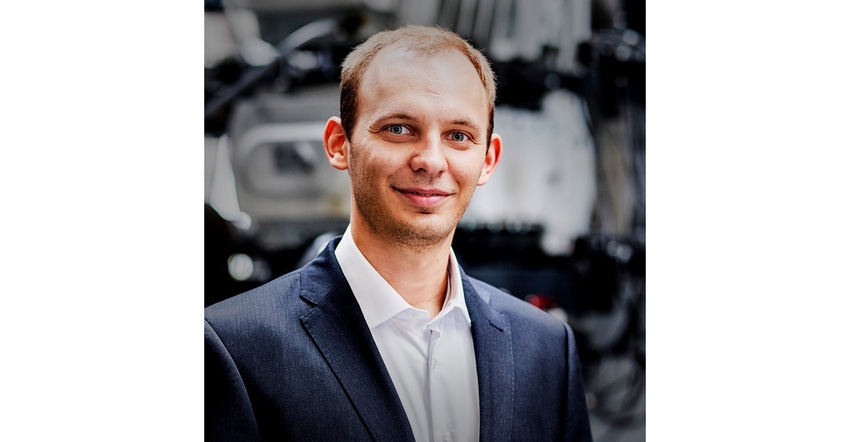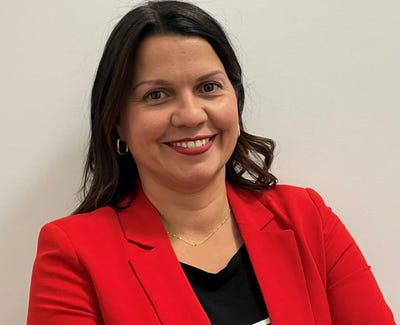Eco-Friendly Recycling ‘Turns Lithium-Ion Batteries to Bricks’
Battery recycling company Duesenfeld’s Chief Technical Officer talks about recycling technologies and partnerships.

Lithium-ion batteries have become integral to our lives, powering everything from smartphones and laptops to electric vehicles. However, as the demand for these batteries continues to rise, so does the concern for their proper disposal and the environmental impact they pose. Eco-friendly recycling of lithium-ion batteries is a revolutionary approach that mitigates the harmful effects of battery waste and presents an opportunity to recover valuable resources.
Duesenfeld is a company that recycles lithium-ion batteries in an eco-friendly way using a patented method that combines mechanical, thermodynamic, and hydrometallurgical processes. Duesenfeld claims to achieve a recycling rate of 72% in mechanical recycling; with the processing of the black mass in Duesenfeld hydrometallurgy, the material recycling rate increases to 91%. Only the separator film and the high boiler portion of the electrolyte are not being recovered—yet.
Battery Technology spoke to Duesenfeld Chief Technical Officer Till Bußmann before his “Eco-friendly Recycling of Lithium-Ion Batteries” presentation at The Battery Show Europe 2023.
How does Duesenfeld recycling process for lithium-ion batteries differs from traditional methods that involve melting or heating the battery modules? What are the key advantages of this low-temperature process?
Bußmann: We do not apply heat because recycling gentler can achieve higher recovery rates. That enables us to reuse materials that others lose in water or heat processing, like pyrolyzing or smelting.
How does Duesenfeld GmbH prioritize sustainability and environmental considerations in its technical developments and manufacturing processes?
Bußmann: We see a high-cost benefit for not heating material energy and equipment-wise. Also, the process is easier to handle. For example, our deep discharging is efficient and turns batteries into bricks so we can store them safely.
What are some notable projects or innovations that Duesenfeld GmbH has been involved in, and how have these contributions impacted the industry or addressed specific challenges?
Bußmann: We are currently in a project to bring the solvents back to use in batteries, not only reuse them in other applications. Unfortunately, many other projects are secret, and therefore they cannot be disclosed.
How does Duesenfeld process remain environmentally friendly and efficient in the face of changing battery technologies?
Bußmann: Our process works also great on sodium-ion and LFP batteries. By having lower processing costs, we give our licensors a great advantage over their competition.
Collaboration and partnerships are often essential for success in the industry. Can you share any examples of strategic partnerships or collaborations that Duesenfeld GmbH has formed to enhance its technical capabilities and market reach?
Bußmann: We have worked with X Batt to test the reusability of our recycled graphite and it performed better than the standard comparison material.
About the Author(s)
You May Also Like





